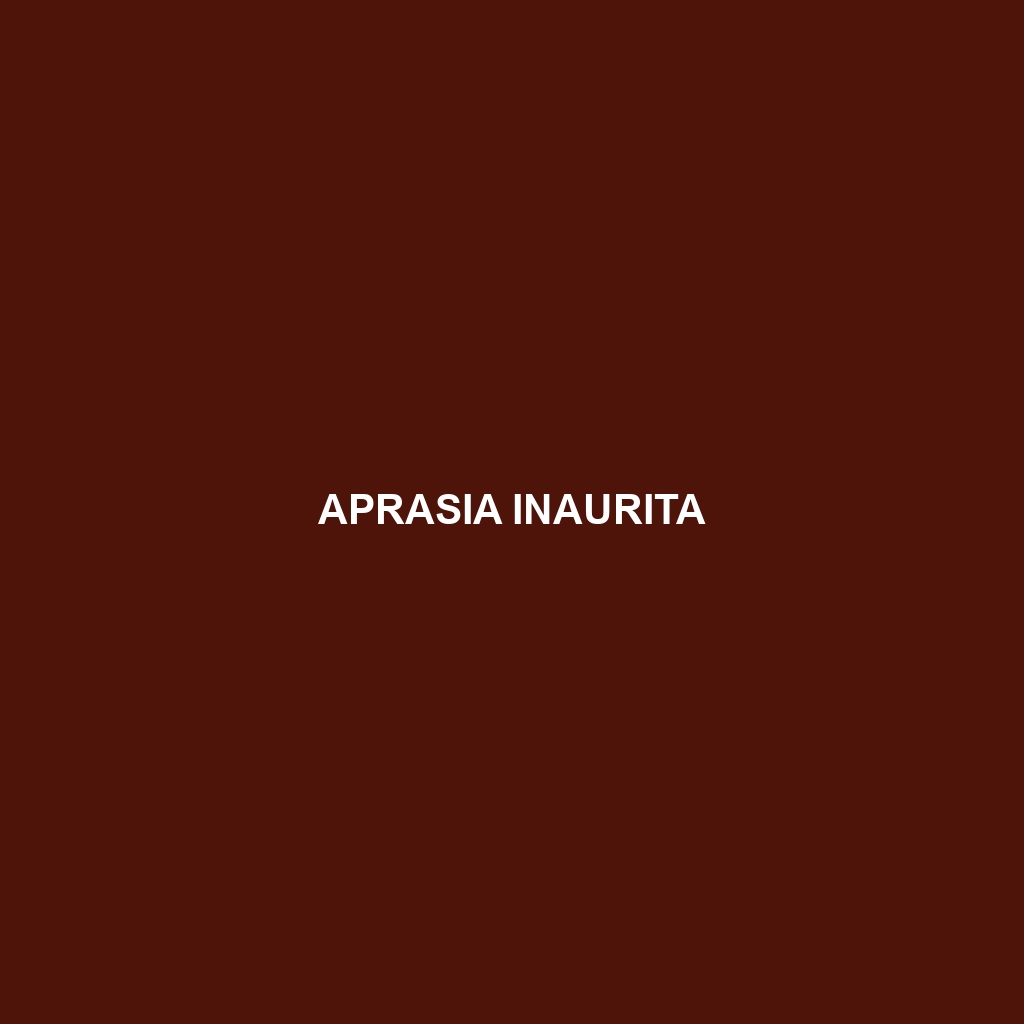Maned Serow: A Unique Species
Common Name: Maned Serow
Scientific Name: Capricornis sumatraensis
Habitat
The Maned Serow is primarily found in the rugged mountainous regions of Southeast Asia. Its natural habitat spans areas in Vietnam, Laos, Thailand, and parts of Myanmar. It prefers dense forests and steep, rocky terrains, where it can thrive in the cool and humid climate. The species is particularly associated with elevation ranges of 1,000 to 2,500 meters above sea level, showcasing its adaptability to diverse environmental conditions.
Physical Characteristics
The Maned Serow is a medium-sized horned ungulate, exhibiting a robust build with a height of about 80 to 100 centimeters at the shoulder. Its distinctive features include a shaggy, dark brown coat, complemented by a prominent mane that runs along its neck and back. The combination of its sturdy legs and cloven hooves makes it adept at navigating steep terrains, while its small, rounded ears are well-suited for its forested habitat. These adaptations help the species camouflage effectively within its environment.
Behavior
Maned Serows are predominantly solitary or found in small groups, demonstrating elusive behavior that contributes to their mystique. They are mostly crepuscular, being most active during dawn and dusk. Known for their agility, these animals can swiftly maneuver through dense vegetation and rocky landscapes. Vocalizations, such as grunts and bleats, are used for communication, especially during mating season or territorial disputes.
Diet
The diet of the Maned Serow primarily consists of grasses, shrubs, and leaves, making it an herbivorous species. It forages on high-quality foliage and can often be observed grazing on tender shoots and fruits. This selective feeding habit is crucial for their survival, particularly in mountainous regions where food availability fluctuates seasonally.
Reproduction
Maned Serows exhibit seasonal breeding behavior, typically mating in the fall. After a gestation period of around 7 to 8 months, females give birth to a single offspring, known as a fawn. Maternal care is prominent, with mothers actively protecting and nurturing their young until they are capable of foraging independently. This reproductive strategy enhances the survival prospects of the fawn in their competitive forest environment.
Conservation Status
The Maned Serow is currently classified as vulnerable by the International Union for Conservation of Nature (IUCN). Habitat loss due to deforestation and poaching pose significant threats to their population. Conservation efforts are underway to protect their natural habitats and promote sustainable practices that benefit both the species and its ecosystem.
Interesting Facts
One of the most fascinating aspects of the Maned Serow is its ability to thrive in steep terrains, which few other species can navigate. Additionally, they are known for their unique adaptations to cold weather, making them particularly resilient in challenging environments. Their elusive nature often makes them a subject of interest for wildlife researchers and photographers alike.
Role in Ecosystem
As a herbivore, the Maned Serow plays a vital role in its ecosystem by helping to maintain vegetation balance within its habitat. By grazing on specific plants, it promotes healthy growth and regeneration, which benefits various other species in the food web. Furthermore, their presence indicates a well-preserved ecosystem, making their conservation crucial for maintaining biodiversity in their native regions.
